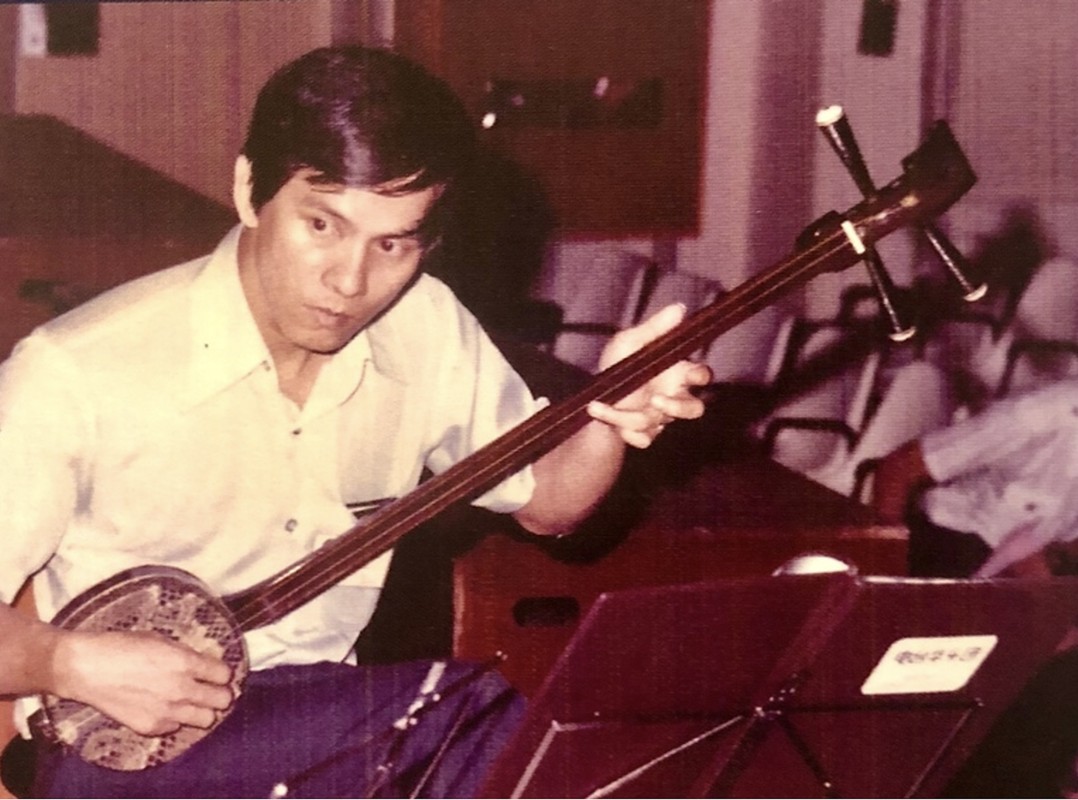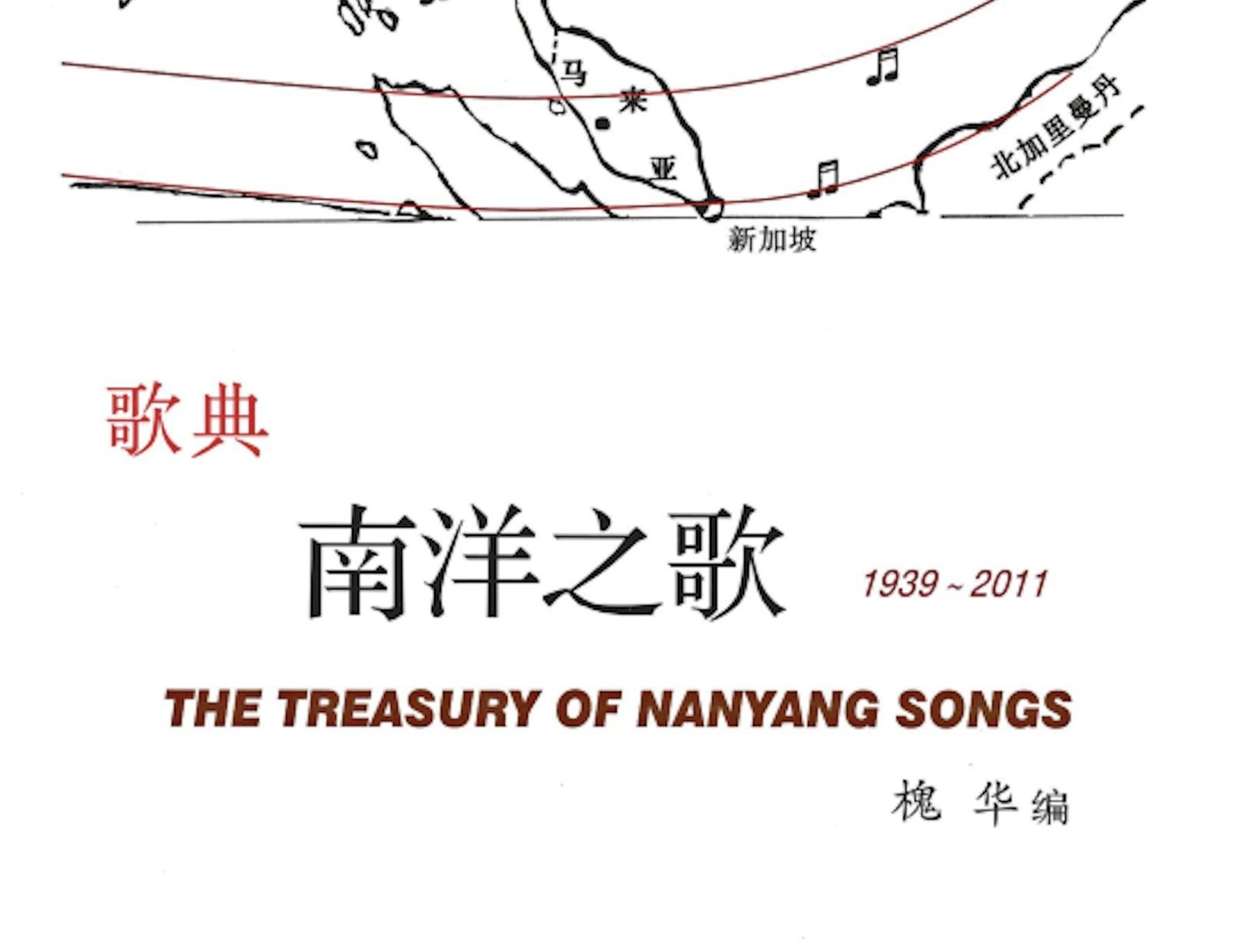Chinese music ensembles in Singapore
Today, the “traditional” Chinese orchestra is no longer the sole purveyor of Chinese music in Singapore. With their portability, strong creative impulses and distinct Singaporean identity, the musicians of Chinese music ensembles also have a sense of ownership over Chinese music, but the term is much expanded. Their music can be considered “for the people, by the people”, a phrase commonly used in Singapore to describe an event or initiative that is meant to be inclusive, resulting in a more organic development process for Chinese music in Singapore.
Stretching the boundaries of traditional music
The dawn of the 21st century saw musicians moving away from the typical Chinese orchestra to form smaller ensembles made up of like-minded peers, who sought a new mode of expression that stretches the boundaries of traditional Chinese orchestral music and performance. Ensembles that were part of this movement in Singapore include The TENG Ensemble, SAtheCollective, The Pipa Quartet, Resonance, Stringanza, Reverberance, and MUSA. Around the mid-2010s, some of them were described as having contemporised traditional Chinese music.1
These groups are made up of three to eight members — the Chinese orchestra typically comprises 60 to 100 members — and often compose their own pieces or create arrangements from a repertoire beyond that of the traditional Chinese orchestra. For example, SAtheCollective started as a trio and experimented with electronic modulation and looping of traditional Chinese instruments. The Pipa Quartet used an electro-acoustic version of the pipa (a four-stringed lute that is played upright) to experiment with its own versions of house, electronica, and metal music. Resonance featured different versions of the sheng (a wind instrument made of vertical bamboo pipes) and its repertoire consisted of a mix of traditional Chinese pieces as well as contemporary pieces such as songs from Disney movies and modern jazz classics. Stringanza mixed Chinese and Western bowed string instruments and played music from contemporary movies and Chinese oldies. Similarly, The TENG Ensemble brought together sounds and instruments from the east, west, past and present, reimagining popular and folk music alike.


While considered innovative by audiences at the time, the idea of reinventing Chinese music was not new or unique to Singapore. China had also been redeveloping its own Chinese music landscape. For example, programming on the China Central Television (CCTV) music channel shifted to featuring fewer Chinese orchestra works and more xin minyue (“New Folk” music), a new form of Chinese music. Another new development was the emergence of zhongguo feng (Chinese-style music), a genre invented by Mandopop singers that integrates the textures and timbres of Chinese instruments with popular music. Collaborations by Chinese orchestra ensembles with groups that play other genres also became a notable development. In June 2014, the Hong Kong Chinese Orchestra’s youth arm, HKCO4U, collaborated with the jazz-inspired fusion group SIU2 in a concert at the Sunbeam Theatre.2
In August that same year, the Singapore Chinese Orchestra (SCO) presented a concert in collaboration with the renowned American jazz quartet, Brubeck Brothers.3 In 2015, the Huayi – Chinese Festival of Arts by Esplanade, presented acclaimed China-born erhu player and composer George Gao’s Shaoqin Bang, an ensemble of shaoqin (a reinvention of the traditional erhu) performers, who played western-classical, Chinese-classical, and pop-music pieces all in the same concert.
Shaping the Singaporean sound
This evolving landscape of contemporary Chinese music in Singapore necessitates an examination of its distinctive local characteristics to discover a discernible Singaporean sound within these musical expressions. It may be argued that Singaporean music can be defined as compositions or concepts originating from and performed by those who have resided in Singapore long enough to acquire a deep understanding of its culture and derive a sense of identity from it. However, this method of categorising a sound within a geographically defined framework raises considerations about its application. Given Singapore’s multiculturalism and its global positioning, defining a singular Singaporean sound requires a balanced, ongoing discussion. It is, nonetheless, still possible to suggest that Chinese music ensembles in Singapore contribute to a distinctive local aesthetic that is characterised by the distinct touch of Singaporean musicians. This collective shaping of a Singaporean sound can be recognised as a unique imprint within the broader landscape of contemporary Chinese music.
In totality, the ensembles add diversity to the Chinese music scene, which used to be dominated solely by the Chinese orchestra, and give voice to individual musicians who aspire beyond their music playing to art making. The rise of these Chinese music ensembles does not necessarily signal the downfall of the Chinese orchestra. Rather, it opens up more possibilities for young Chinese musicians and managers alike who may be considering a career in Chinese music or Chinese-based Singaporean music. These ensembles fit into gaps that the Chinese orchestra cannot fill due to its size, make-up and internal forces that control its development. If they persist and continue to grow, as some of them have, and more new Chinese music ensembles emerge, it would certainly give the Chinese music scene in Singapore a significant boost in terms of creative growth, recognition, and developing an identity that is unique to its history.

| 1 | Lisabel Ting, “Rocking out on the pipa”, The Straits Times, 14 January 2014. |
| 2 | Sijia Liang, “Hong Kong Chinese Orchestra and fusion band SIU2 collaborate on concert project”, South China Morning Post, 5 June 2014. |
| 3 | Chang Tou Liang, “Concert review: Jazz and Chinese music fireworks by SCO, Brubeck Brothers Quartet”, The Straits Times, 16 August 2014. |
Lau, Frederick. “Morphing Chineseness: The changing images of amateur Chinese music clubs in Singapore”. In Diasporas and Interculturalism in Asian Performing Arts: Translating Traditions, edited by Hae-kyung Um, 30-42. London: Routledge, 2004. | |
Liang, Sijia. “Hong Kong Chinese Orchestra and fusion band SIU2 collaborate on concert project”. South China Morning Post, 5 June 2014. | |
Throsby, David. Economics and Culture. Cambridge: Cambridge University Press, 2001. | |
Ting, Lisabel. “Rocking out on the Pipa”. The Straits Times, 14 January 2014. | |
Tsui, Ying-Fai. “Ensembles: The modern Chinese orchestra”. In East Asia: China, Japan and Korea (The Garland Encyclopedia of World Music, Volume 7), edited by Robert C. Provine, Yosihiko Tokumaru and J. Lawrence Witzleben, 228-232. London: Routledge, 2001. | |
Wang, Yuhe. “New music of China: Its development under the blending of Chinese and Western cultures through the first half of twentieth century”. Journal of Music in China 3, N 1 (2001): 28-33. |










